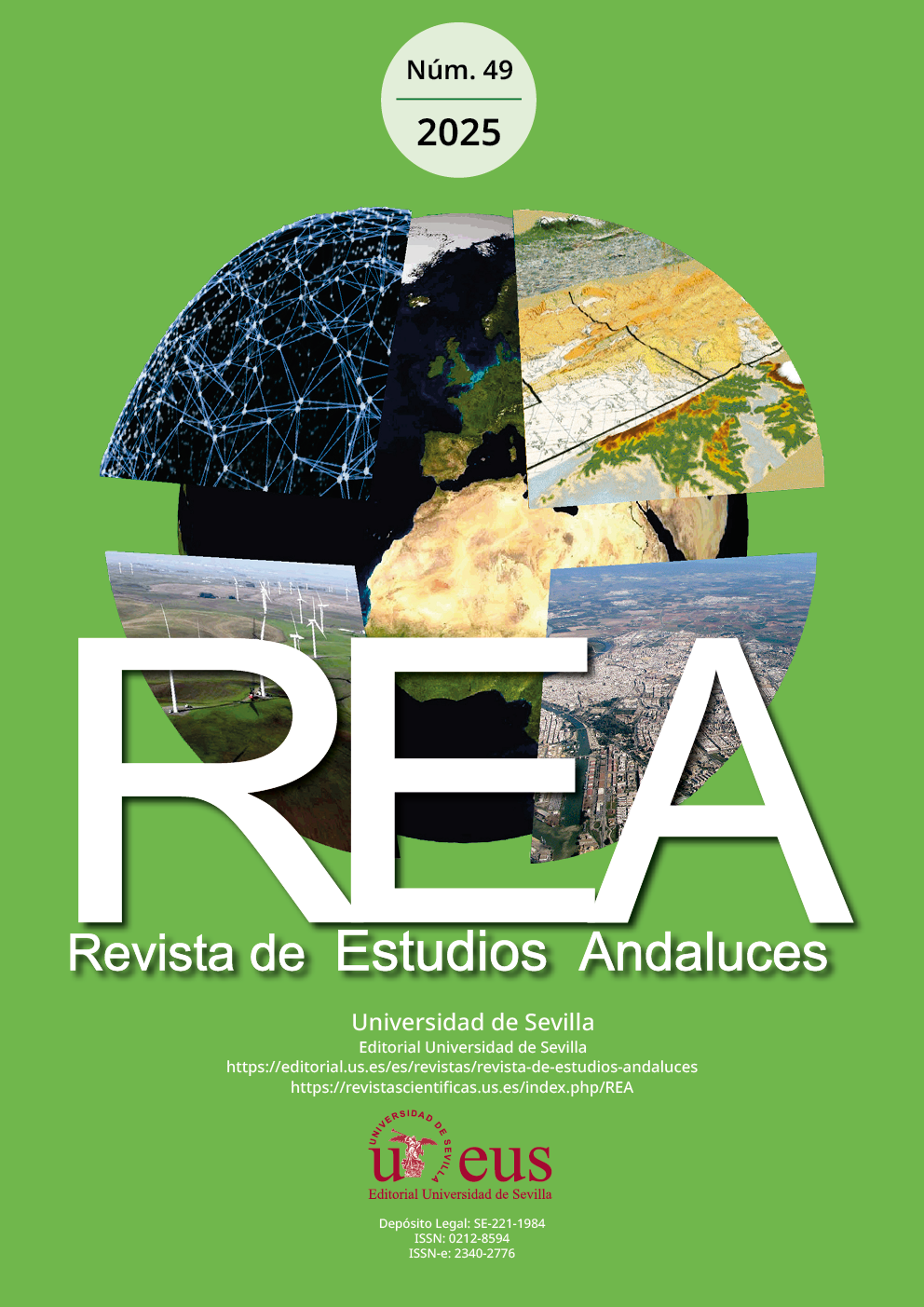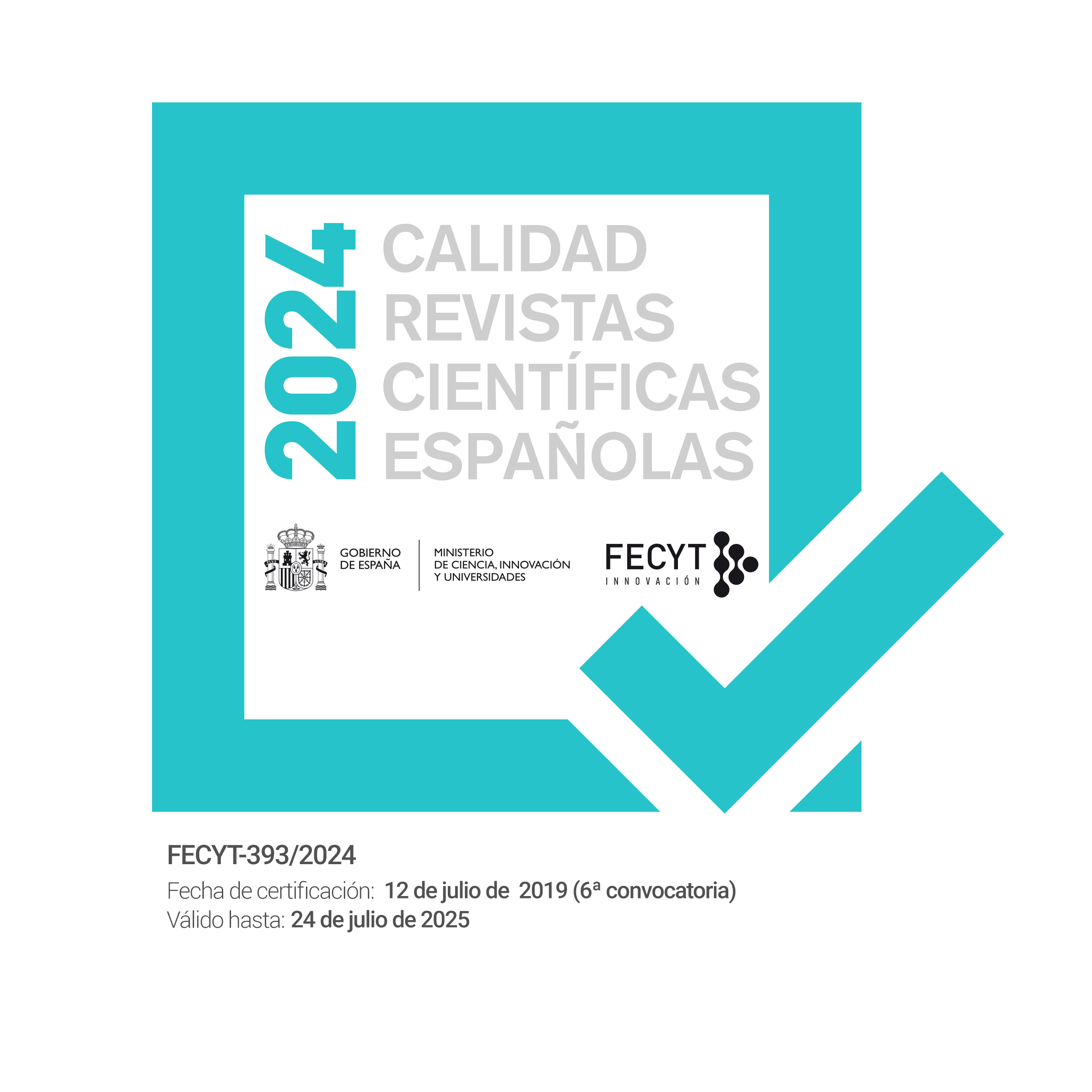The effects of urban housing policies socio-spatial distance on families with different paths in Adrar neighborhood of Agadir
Resumen
The study aimed to analyze and understand the problem of social-spatial distance “in their intricacies and complex intersections to the issue of urban integration” (Elbhiri & Assebane, 2022) between two typologies of families with different paths. The first model refers to families that fall within the framework of the settlement policy, residents of shanty houses. The second model relates to families not targeted by the housing policy and who broke into the housing market due to their economic capital by purchasing the rights of slum residents within the neighborhood. According to the gender approach, the study’s sample consisted of twelve people; there were six males and six females. The qualitative methodology employed in the study included observation and semi-directed interviews. As a result, this study came to several conclusions. For instance, the families who weren’t covered by the resettlement program had no issues with the distance between the housing sites and the work locations. For the families covered by the resettlement policy, the distance between their place of residence and place of employment presents daily challenges because they don’t have access to private transportation, except for one respondent who owns a motorcycle.
Descargas
Descargas
Publicado
Cómo citar
Número
Sección
Licencia
Derechos de autor 2025 Revista de Estudios Andaluces

Esta obra está bajo una licencia internacional Creative Commons Atribución-NoComercial-CompartirIgual 4.0.
La edición electrónica de la Revista de Estudios Andaluces se ofrece en acceso abierto desde el número 28 publicado en 2011 hasta la actualidad. Las ediciones impresa y electrónica de esta Revista son editadas por la Editorial de la Universidad de Sevilla, siendo necesario citar la procedencia en cualquier reproducción parcial o total.
La Revista de Estudios Andaluces no cobra tasas por el envío de trabajos, ni tampoco cuotas por la publicación de sus artículos. La Revista es gratuita desde el momento de la publicación de cada número y sus contenidos se distribuyen con la licencia “CreativeCommons Atribución-NoComercial-SinDerivar 4.0 Internacional” , que permite al usuario de la Revista de Estudios Andaluces criterios que cumplen con la definición de open access de la Declaración de Budapest en favor del acceso abierto. Puede consultar desde aquí la versión informativa y el texto legal de la licencia. Esta circunstancia ha de hacerse constar expresamente de esta forma cuando sea necesario.
- Resumen 24
- PDF (English) 11
- HTML (English) 7







